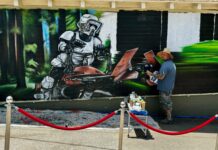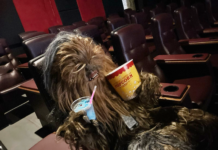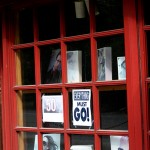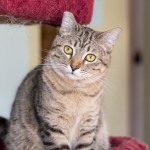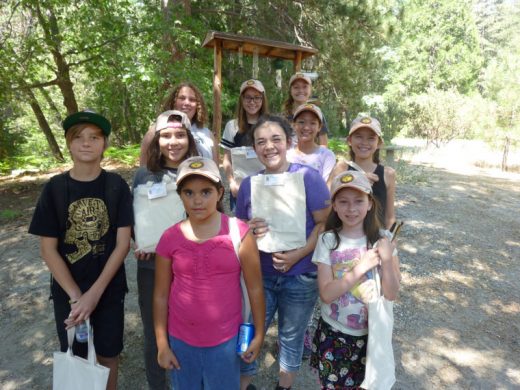
Photo by Shanna Robb
By James Reserve Team Quail Member Sean Race
For many of us, climate change is an intangible that leaves us with more questions than answers. The term “climate change” evokes images of hurricanes, floods and all manner of cataclysmic natural disasters. When visualizing “climate-change research, we think of researchers in heavy jackets, faces peeking out of fur-lined hoods, pointing at receding glaciers. However, much is missing from this picture.
Results from ecological research can help fill in the gaps left in this popularized portrayal of climate change and give us a more concrete idea of what it all really means. The approach of climate-change ecologists vary dramatically from research focused on broad-scale population dynamics and distribution shifts to individual-level behavioral studies. Using either type of strategy, researchers can utilize mathematical models to predict changes 10, 20 and 50 years into the future under an extensive suite of conditions.
All of these efforts allow us to see beyond the impressive, albeit simple, view of climate change as melting glaciers and into the environment we occupy day-to-day. This is the true beauty of science: the ability to draw upon many different fields to paint a richer portrait of our ever-changing climate and landscapes.
But why does climate-change research matter? As it so happens, research that touches upon these themes is occurring in your own backyard. Quail, it so happens, are a wonderful system for asking ecological questions through the lens of climate change. In collaboration with Dr. Jen Gee, James Reserve director, researchers from the University of Colorado-Boulder are looking at the effects of climate change on the hybrid zone that occurs naturally between the Coachella Valley and the Santa Rosa/San Jacinto mountains.
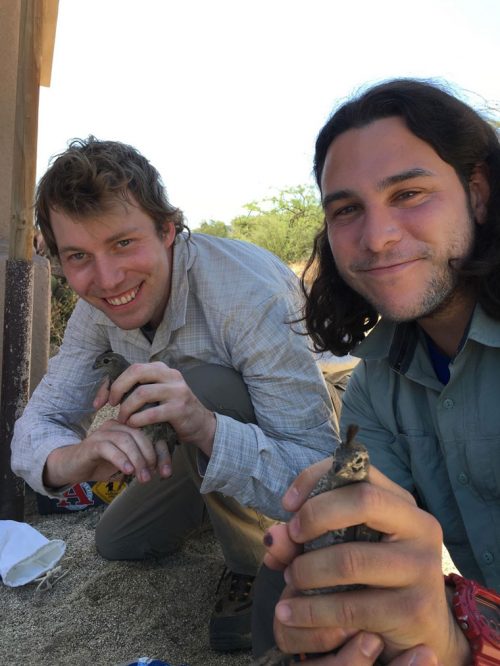
David Zonana, doctoral candidate from the University of Colorado-Boulder, will quantify inter- and intra-species social structure and species distributions within this transect. Team Quail, consisting of David, Jen, and a slew of field assistants such as Eric Nuñez, Kyle Donahue and myself, is interested in determining how social and mating traits of these species differ between pure and hybrid populations, as well as how these species are distributed across the local microhabitats and their ranges across California. The beauty of this study is that we can use our results, combined with knowledge of natural history and climate models, to predict how these species will be affected by climate change. It is truly a “big picture” approach that allows us to get at multiple questions both directly and indirectly.
As a recent CU-Boulder graduate, my own part in this research is not only to assist in the field research with the day-to-day of trapping and banding quail, but also to document the research, especially with the angle on the climate story as told by quail in the region. Our work will be chronicled via the Inside the Greenhouse (insidethegreenhouse.colorado.edu) project through the University of Colorado and videos and write-ups of the research will be available there both now and later in the summer.
Thankfully, this has been made easier by the wonderful contributions of the Idyllwild community, including the Lanfrieds, David Jerome and many other helpful residents. They have been truly gracious in sharing their homes and birds with us. We would like to further extend thanks to quail research supporters, both on and off the Hill, outside of Idyllwild, including Ruth Watling, the Santa Rosa and San Jacinto Mountains Visitors Center, Buford Crites, and the Bighorn Institute for their help
We welcome participation from Idyllwilders who wish to get involved in our quail research as citizen scientists. Contact David Zonana or Dr. Jen Gee at the James Reserve for more information (www.jamesreserve.edu).

